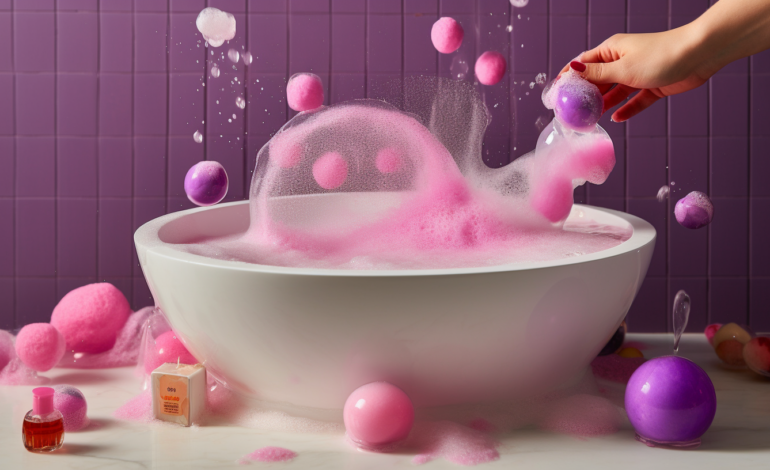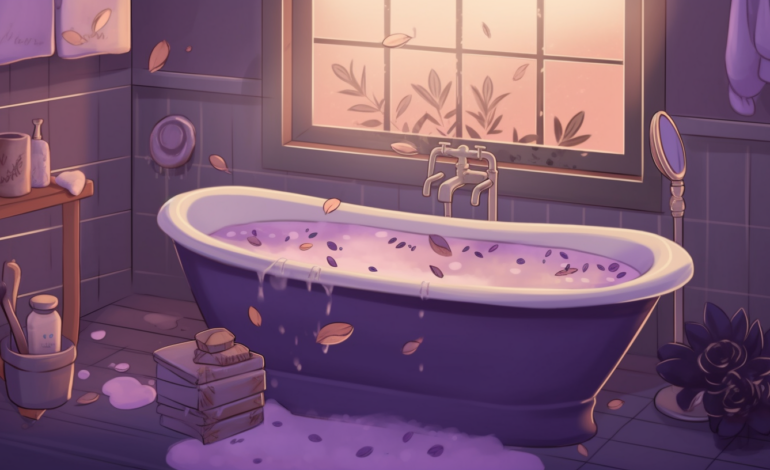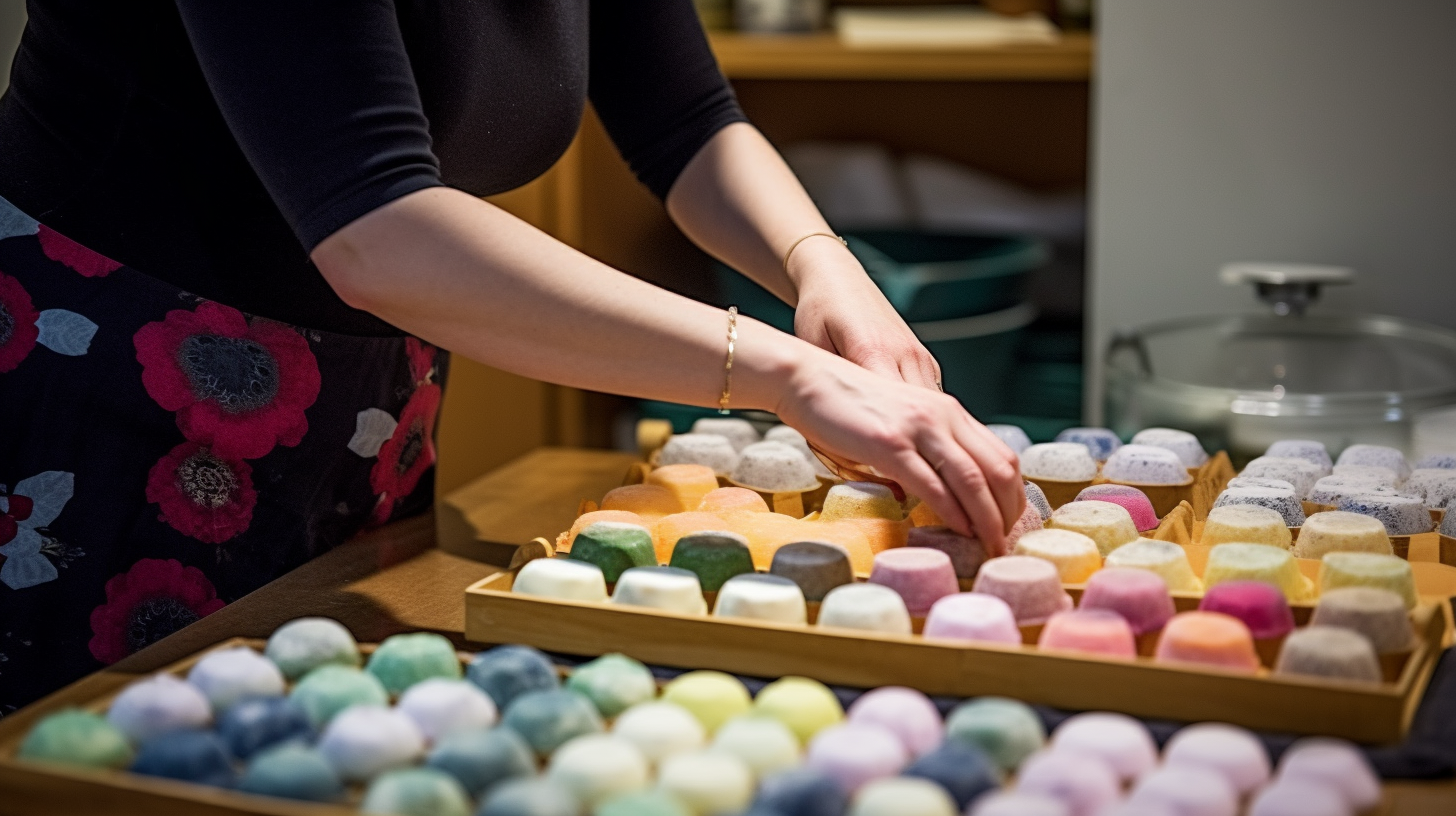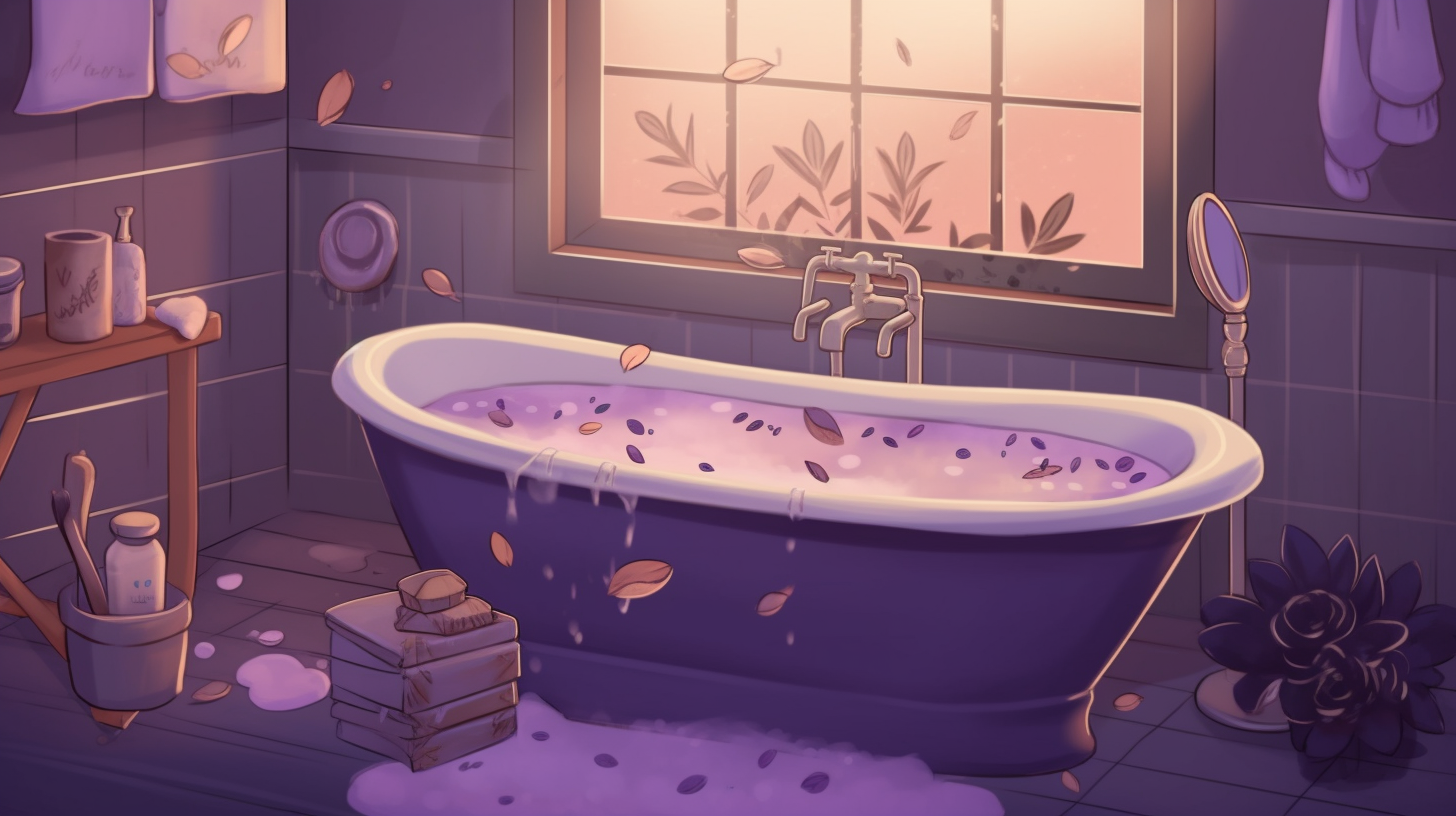
Unveiling the Ingredients: A Comprehensive Guide to What Bath Bombs are Made of
Bath bombs are a popular self-care item that has taken the world by storm. These small, round balls of fizziness are designed to dissolve in bathwater, releasing essential oils, fragrances, and colors to create an indulgent spa-like experience. But have you ever wondered what bath bombs are made of?
In this comprehensive guide, we will unveil the ingredients used in making bath bombs and explore how they work when added to bathwater. We will also discuss the benefits of using bath bombs and any potential risks associated with them.
The Ingredients Used in Making Bath Bombs
At their core, bath bombs are made up of four main ingredients: citric acid, baking soda, corn starch or Epsom salt, and water. These ingredients work together to create the effervescent reaction that produces the fizzing sensation when the bath bomb is dropped into water.
The citric acid is responsible for the fizzing effect; when it comes into contact with water, it reacts with baking soda to produce carbon dioxide gas bubbles. Corn starch or Epsom salt is added to bind the ingredients together and help them hold their shape.
Aside from these basic ingredients, many other components can be added to a bath bomb recipe to create unique scents and colors. Here are some common additives:
- Essential oils: These natural plant extracts are used for their therapeutic properties and pleasant aromas. Popular essential oils used in bath bombs include lavender, peppermint, eucalyptus, and citrus oils like lemon and grapefruit.
- Fragrance: Synthetic fragrances can be added to enhance the scent of a bath bomb. These fragrances can mimic natural scents like flowers or fruits or create unique blends like vanilla caramel or pumpkin spice.
- Colors: Bath bombs can be made in a variety of colors by adding food coloring, mica powder, or natural colorants like beetroot powder or spirulina.
- Coconut oil and shea butter: These moisturizing ingredients are added to bath bombs to help hydrate and nourish the skin. They also give the bathwater a silky texture.
The Benefits of Using Bath Bombs
Bath bombs offer a range of benefits for both the body and mind. Here are some of the most notable benefits:
- Aromatherapy: Essential oils used in bath bombs can have a calming effect on the mind and body. For example, lavender oil is known for its ability to promote relaxation and reduce stress.
- Skin care: Ingredients like coconut oil and shea butter can help moisturize and nourish the skin while you soak in the bath. Epsom salt is also known for its ability to soothe sore muscles and relieve tension in the body.
- Mood booster: Taking a relaxing bath with a fragrant bath bomb can help lift your mood and improve your overall sense of well-being.
Potential Risks Associated with Bath Bombs
While bath bombs can offer many benefits, there are also some potential risks associated with their use. Here are some things to keep in mind before using a bath bomb:
- Allergic reactions: Some people may be allergic to certain ingredients used in bath bombs, particularly synthetic fragrances. Always read the label carefully before using a new product, and do a patch test on your skin if you have sensitive skin.
- Slippery tub: Bath bombs contain oils and other ingredients that can make the tub slippery. Be sure to rinse the tub thoroughly after use to avoid accidents.
- Staining: Some bath bombs may contain dyes or colorants that can stain towels or clothing. Be sure to rinse off any residue from your skin and the tub after use.
Making Your Own Bath Bombs
If you’re interested in making your own bath bombs, it’s surprisingly easy to do so! Here’s a basic recipe to get you started:
- 1 cup baking soda
- 1/2 cup citric acid
- 1/2 cup corn starch or Epsom salt
- 1/2 cup coconut oil or shea butter, melted
- 20-30 drops of essential oils or fragrance oil
- A few drops of food coloring (optional)
Mix the dry ingredients together in a bowl, then slowly add the melted coconut oil or shea butter while stirring constantly. Add the essential oils and food coloring (if using) and mix well. The mixture should be crumbly but hold its shape when pressed together.
Pack the mixture into small molds or shape it into balls by hand. Let the bath bombs dry for at least 24 hours before using.
Conclusion
Bath bombs are a fun and indulgent way to pamper yourself at home. Whether you prefer soothing lavender scents, invigorating citrus fragrances, or colorful fizziness, there’s a bath bomb out there for everyone. By understanding the ingredients used in bath bombs and their benefits and risks, you can make an informed decision about whether to incorporate them into your self-care routine.
Have you ever made your own bath bombs? What’s your favorite scent or color? Let us know in the comments below!






